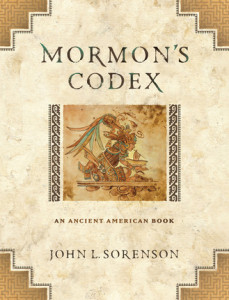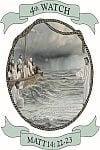Podcast: Download (7.2MB)
Subscribe: RSS
 Elder Dallin H. Oaks, speaking of those who participate in non-official venues wherein church-related topics are discussed, observed that sometimes “a volunteer will step forward to present what he or she considers to be the church’s position. Sometimes these volunteers are well-informed and capable, and contribute to a balanced presentation. Sometimes they are not, and their contribution makes matters worse. When attacked by error, truth is better served by silence than by a bad argument.”
Elder Dallin H. Oaks, speaking of those who participate in non-official venues wherein church-related topics are discussed, observed that sometimes “a volunteer will step forward to present what he or she considers to be the church’s position. Sometimes these volunteers are well-informed and capable, and contribute to a balanced presentation. Sometimes they are not, and their contribution makes matters worse. When attacked by error, truth is better served by silence than by a bad argument.”
In this podcast brother Ash explores the contributions of DNA studies to the historicity of the Book of Mormon both for and against the Nephite scripture.
The full text of this article can be found at Deseret News online.
Brother Ash is author of the book Shaken Faith Syndrome: Strengthening One’s Testimony in the Face of Criticism and Doubt, as well as the book, of Faith and Reason: 80 Evidences Supporting the Prophet Joseph Smith. Both books are available for purchase online through the FairMormon Bookstore.
Tell your friends about the Mormon Fair-Cast. Share a link on your Facebook page and help increase the popularity of the Mormon Fair-Cast by subscribing to this podcast in iTunes, and by rating it and writing a review.
The view and opinions expressed in the podcast may not reflect those of the Church of Jesus Christ of Latter-day Saints or that of FairMormon.




